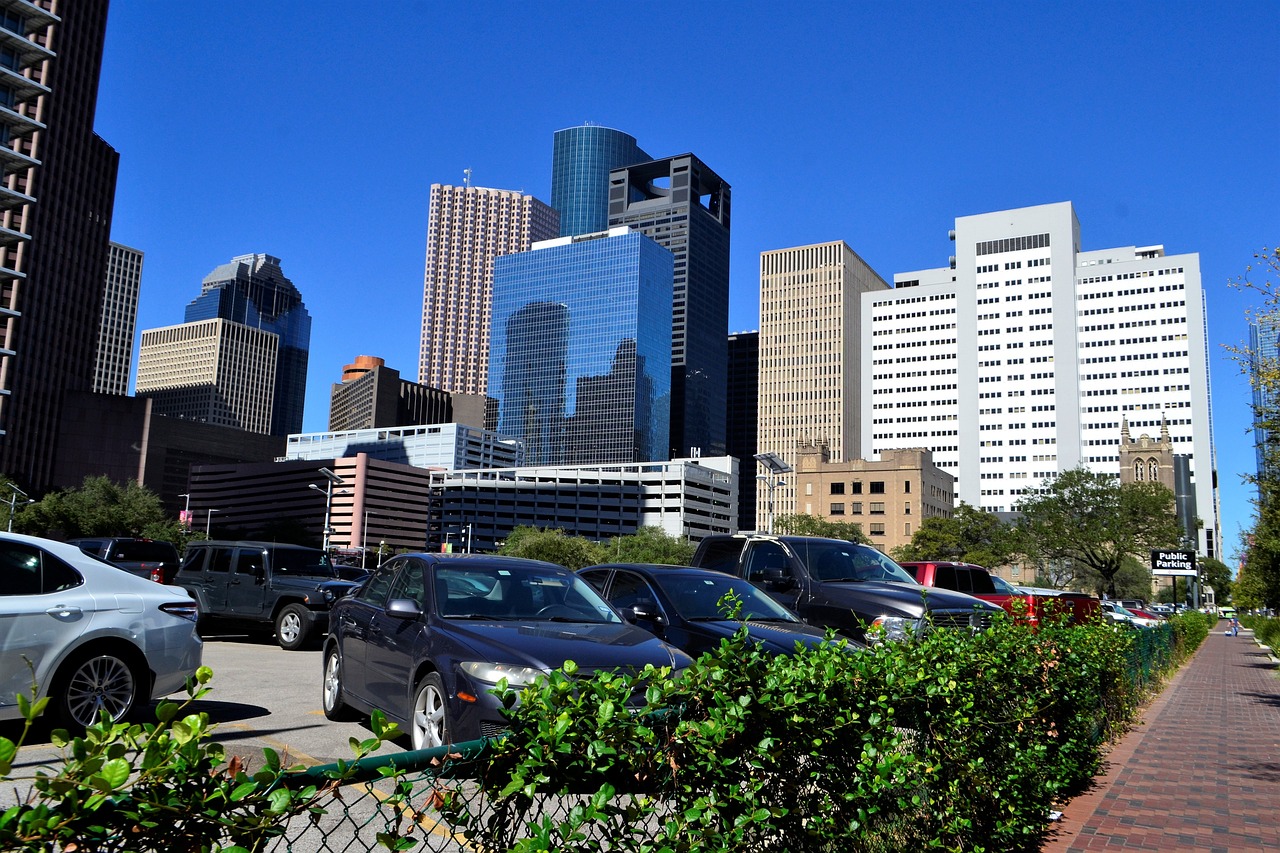7 Ways Proper Handicap Parking Design Benefits Everyone

Properly designed handicap parking spaces are more than just a legal requirement; they are essential elements of inclusivity and accessibility in public spaces.
While these spaces are primarily intended to accommodate individuals with disabilities, the benefits extend to everyone who uses parking facilities. In this blog, we’re exploring the ways in which proper handicap parking design benefits everyone.
1. Handicap Parking Accessibility Benefits
Handicap parking accessibility benefits extend beyond the immediate convenience for individuals with disabilities.
The most obvious benefit of proper handicap parking design is increased accessibility for individuals with disabilities. These designated spaces also enhance the overall functionality and efficiency of parking facilities by reducing congestion and improving traffic flow.
Accessible parking spaces are designed to provide sufficient space for wheelchair users to enter and exit vehicles comfortably.
Additionally, the adjacent access aisles ensure that individuals with mobility aids have enough room to maneuver safely and with greater ease and confidence. By prioritizing accessibility, handicap parking spaces enable individuals with disabilities to participate more fully in society, and businesses and organizations demonstrate their commitment to customer service and inclusivity.
2. Inclusive Parking Space Design
Inclusive parking space design goes beyond meeting minimum accessibility requirements; it aims to create spaces that are usable by people of all abilities. It prioritizes the diverse needs of all users, regardless of age, ability, or mobility.
This means considering factors such as slope gradients, surface materials, and signage placement to ensure that parking facilities are accessible to everyone, regardless of their physical capabilities.
Inclusive design principles ensure that parking spaces accommodate individuals with disabilities, parents with young children, older adults, and people with temporary injuries. Inclusive parking space design also creates a sense of belonging and acceptance within the community, promoting empathy and understanding among users.
3. Universal Design for Parking Spaces
Universal design principles emphasize creating environments that are usable by people of all ages, sizes, and abilities. When applied to parking spaces, universal design ensures that everyone can access and use parking facilities safely and independently.
Features such as wider parking spaces, well-marked access aisles, and level pathways benefit not only individuals with disabilities but also parents with young children, older adults, and people with temporary injuries.
4. Accessible Parking Solutions Impact
The impact of accessible parking solutions extends beyond the individuals directly benefiting from them.
By providing accessible parking spaces, businesses and organizations demonstrate their commitment to diversity, inclusion, and social responsibility. This sends a powerful message to customers, employees, and the community at large, fostering a more inclusive and welcoming environment for everyone.
Accessible parking solutions create tangible benefits for individuals with disabilities, enabling them to access goods, services, and employment opportunities more easily.
Accessible parking also promotes customer satisfaction and loyalty, as individuals with disabilities feel valued and respected by businesses that prioritize their needs.

5. Benefits of Proper Handicap Parking
Properly designed handicap parking spaces contribute to improved traffic flow and safety in parking facilities. By ensuring that accessible parking spaces are located close to building entrances and amenities, drivers spend less time searching for parking, reducing congestion and potential accidents.
Additionally, well-designed access aisles prevent the blocking of adjacent spaces, maximizing the availability of parking for all users.
6. Handicap Parking Space Advantages
Handicap parking spaces offer advantages beyond accessibility and convenience. For example, the wider dimensions of accessible parking spaces provide more room for loading and unloading bulky items, making them useful for tasks such as moving furniture or transporting equipment.
Additionally, the proximity of handicap parking spaces to building entrances can be beneficial during inclement weather or emergency situations.
7. Inclusivity in Parking Design Benefits
Inclusivity in parking design benefits everyone by promoting a sense of belonging and equal access to public spaces. When individuals with disabilities are accommodated and included in the design of parking facilities, it sends a powerful message of acceptance and respect for diversity.
Inclusive parking design fosters a culture of empathy and understanding, creating a more harmonious and supportive community for everyone.
***
Proper handicap parking design benefits everyone by promoting accessibility, inclusivity, and safety in parking facilities. By embracing universal design principles and prioritizing the needs of individuals with disabilities, parking facilities become more welcoming and usable for people of all abilities.
From accessible parking laws in Florida to disability parking regulations New York, we’ve got tips for parking properly throughout the whole country! Check out the Dr Handicap blog.
Featured image by F. Muhammad from Pixabay.